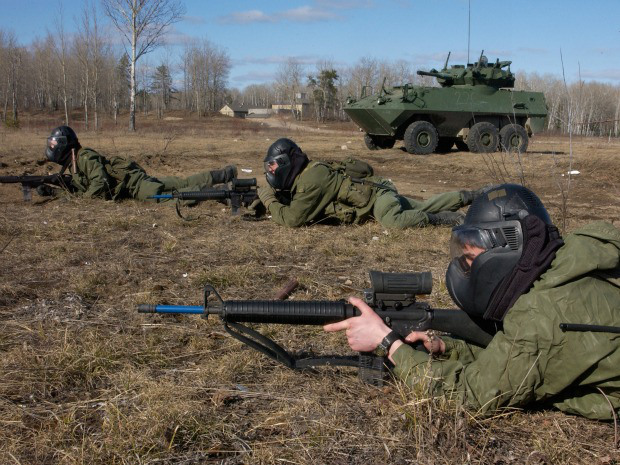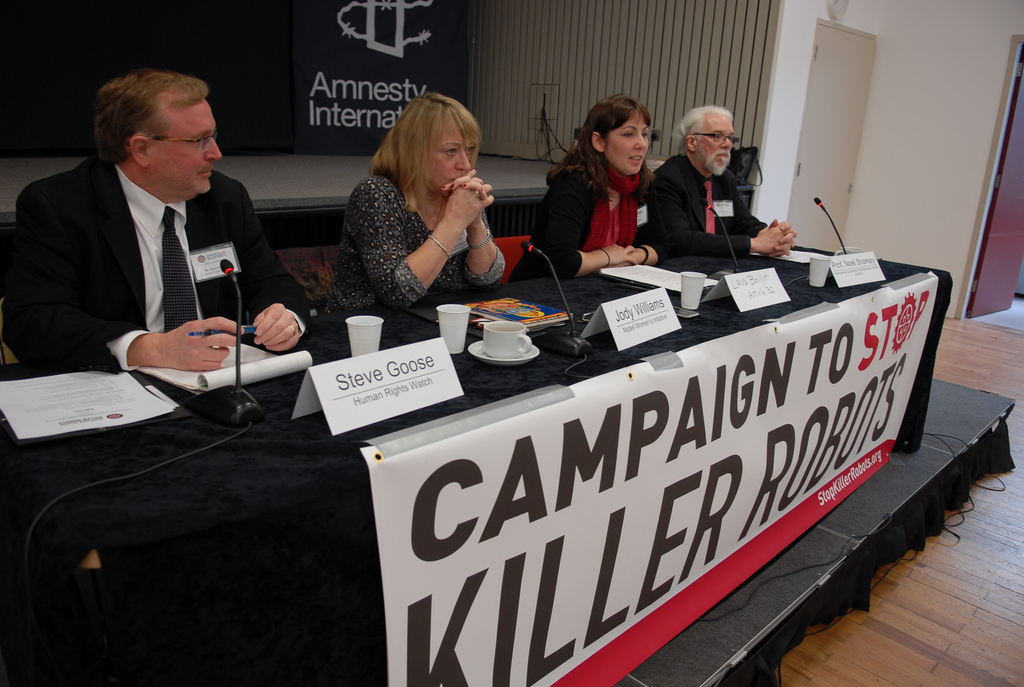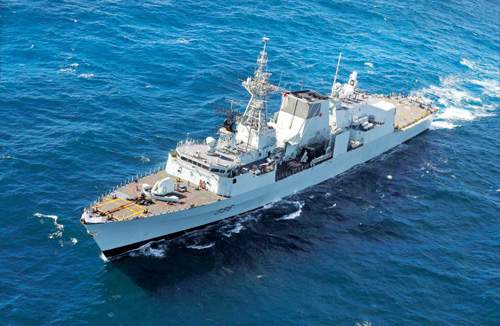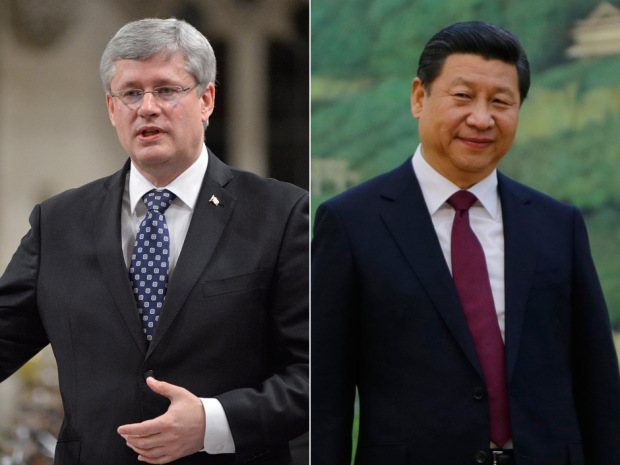Since start of the 2008 Recession, the Harper government has made substantial cuts to the defence budget. The manner in which the cuts were conducted has attracted criticism, particularly in the context of expensive procurement fiascos surrounding the F-35 Joint Strike Fighter and the Cyclone helicopter. However, the impact of cuts on the Reserves has received less attention so far in the public debate.
During Canada’s combat mission in Afghanistan, the Reserves played a key role by filling gaps in the Regular Force. In the mid-2000s many Regular Force units were depleted, and part-time reservists volunteered to fill these gaps. As Senator Hugh Segal writes, Reservists usually compose about 20% of the Canadian troop contingent. However, by stretching themselves to help the Regular Force, Reserve units began to suffer depletion.
Sadly, the government has not devoted the fund to rebuild these units, but has instead cut their budget even further. As early as 2010, defence commentator David Pugliese noted that Reserve unit budgets were being cut by 10%. As a result, ongoing recruiting and leadership training courses were suddenly terminated, and the Army directed Reservists to “cease training” immediately.
The government continued and intensified these cuts over the next several years. By February 2013, the government slashed reserve budgets by up to 25% from their 2012 levels. Moreover, much of the $330 million allocated for the 19,000 part-time reservists in fact went to Class B full-time reservists working in military headquarters.
Of course, the Reserves are not the only branch of the military suffering from cuts. The army, air force, and navy have all seen their operations and maintenance budgets cut substantially over the last several years. As a result, they all have less time and resources available for training.
Nevertheless, as Segal emphasizes, the Reserves are disproportionately impacted by the cuts. Unlike Regular Force soldiers, part-time reservists are only paid when they are training. Because the bulk of the Reserves’ budget covers soldiers’ pay for training, as a result any cut to Reserve unit funding automatically results in a proportional decrease in training. Furthermore, the government has told Reserve units not to replace soldiers who leave or join the Regular Force, meaning that that the Reserves will become even more depleted as time goes on.
The nature of the Reserve cuts is somewhat puzzling, given the Prime Minister’s stated determination to preserve the Forces’ readiness. In June 2012, for instance, Harper urged McKay to intensify cuts to the Department of National Defence (DND) administration while “avoiding budgetary reductions that impact on operational capabilities, the part-time reserves, training within Canada…” Subsequently, he said he wanted a military with “more teeth and less tail.”
Certainly, it is easy to blame the DND bureaucracy. As Lieutenant-General (Retired) Andrew Leslie lamented, the DND increased its own spending on outside consultants and contractors while slashing the army’s budget by 22%. Likewise, the DND has wasted billions on botched procurement programs, and has returned millions of dollars it was unable to spend on capital expenses while still cutting training and operations for both the Regular Force and the Reserves. It is therefore unsurprising that the government decided last year to cut up to $1.2 billion from the DND administration and move it to front-line forces by the 2017/2018 fiscal year.
At the same time, it is foolish to blame DND bureaucrats for the inevitable negative impact of funding cuts on readiness. As defence analyst David Perry wrote, only by eliminating all of its 29,000 civilian staff could DND make the $2 billion in cuts demanded of it without negatively impacting procurement, training, or operations. Despite government rhetoric about “doing more with less,” defence scholar Douglas Bland pointed out that since 1962 every government attempt “to do more with less has produced in fact military forces capable only of doing less with less.”
In truth, the negative impact of cuts on the readiness of the Canadian Forces, and especially the Reserves, reflect the political choices of the Harper government. Numerous commentators, particularly General (Retired) Rick Hillier, have proposed reducing the Forces in size to 50,000 in order to devote more money to training and readiness. However, the government has rejected this, and insists that it will keep both Regular Force and Reserve troop levels constant. Likewise, the government says it will proceed with planned procurement programs, in large part thanks to their connection to industrial development policy.
By mandating large defence cuts while keeping personnel and capital expenses fixed, the government has ensured that the readiness of the Forces will suffer. It is thus unsurprising that Perry, Romeo Dallaire, and others have warned that the CF risks becoming a hollowed-out military. Canadians should be aware that in the near future, the Reserves will be unable to fill the gaps in the Regular Force the way they did in Afghanistan due to spending cuts affecting training and recruitment.




